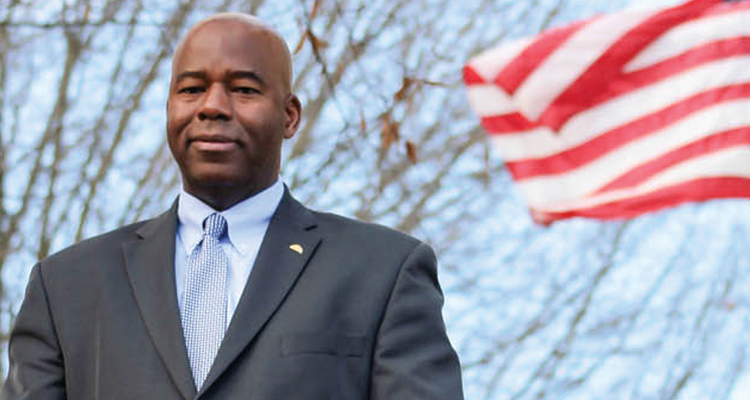Simply put, the most important efforts, strategies, and initiatives that will result in improved student outcomes require Danville Public Schools to implement the highest quality and most engaging instructional strategies in every classroom every day. Fortunately, Danville Public Schools has a rich history of high-quality performance.
In previous articles, my efforts to explain where we are now and how we arrived at our present level have been perceived by some as excuses rather than facts. The fact remains that we must become a high- performing school division [again.] As a matter of principle, I am yet to meet anyone who disagrees. Everyone acknowledges that becoming a high performing school division is not only an appropriate goal but a moral duty. Practically none agree on how to make it happen.
So how do we get there? First, we must agree that high-quality instruction in every classroom for every student is the right thing to do. That is the easy part. The hard part is agreeing on how to do it and what it looks like. Theoretically, it means that what students are expected to know (the written curriculum) is planned, taught, delivered, and assessed with absolute consistency. Practically, it means that what students are expected to know is clearly defined. In Virginia, this is the case for every student. Learning expectations for every student in every content area are clearly defined in the Standards of Learning. In DPS, we are intensely focused on creating high-quality instruction in every classroom through strategic, targeted, and agile professional development for our staff that is designed to help improve learning not only for every student but also for every staff member. This is difficult and challenging work that may appear to some as top-down.
Second, it means that our employees (all of them) must be valued, supported, and empowered to do what they need to do to create high-quality instruction. Simply put, telling people what to do from the top down does not work. The opposite approach — from the bottom up — is also not likely to work in an organization as complex as a school system. What works is blending top-down, bottom-up and middle- out strategies with an unwavering belief among all employees that high-quality teaching is absolutely imperative.
Third, our work must be purposeful and our staff must be connected to that purpose. The job of an effective leader is to provide the appropriate guidance, direction, and support for the organization while leveraging implementation by empowering staff to interact purposefully in relation to desired results. Stated in more practical terms, empowering our staff to lead, grow, and own the quality of instruction is what will lead to improved student outcomes. This can’t be mandated but it can be supported and embraced. Effective teaching is the result of healthy collaboration among professional educators who demand and expect high performance as a standard for all not just some. Equity and excellence must coexist.
Fourth, capacity building prevails. Student outcomes should be viewed as a flashlight not a hammer. In other words, underperformance suggests that there is something we need to do, non-judgmentally, to improve learning not only for students but for the adults. That something is building the overall quality of instruction for everyone in our system. Ultimately, we must accept that the learning is in the work. In schools, improving learning is not external to our work, it is our work! Failure to improve is not an option!
